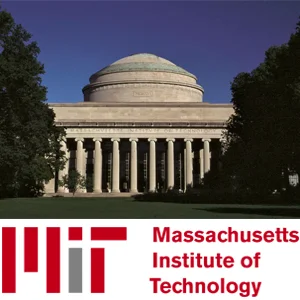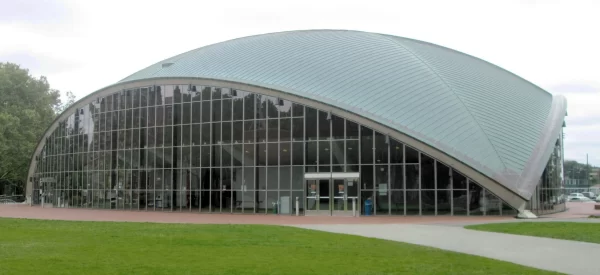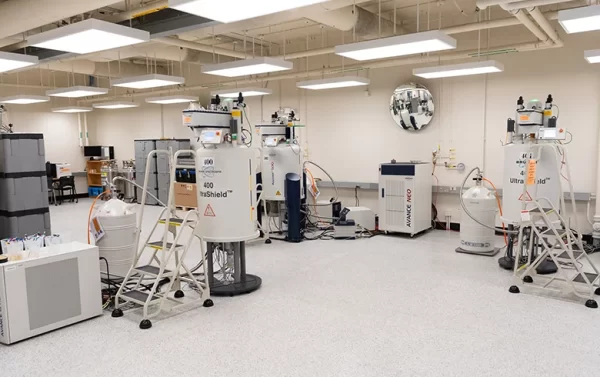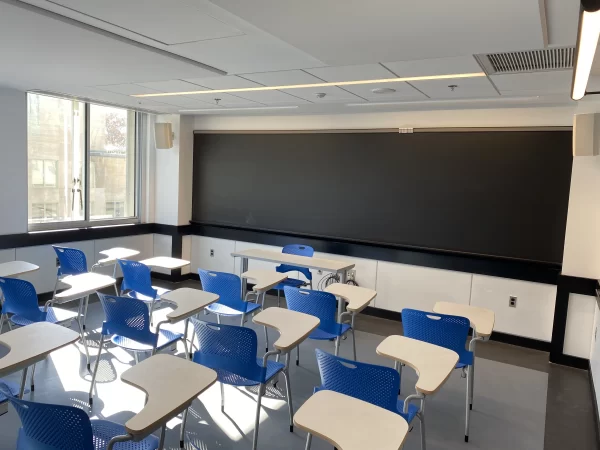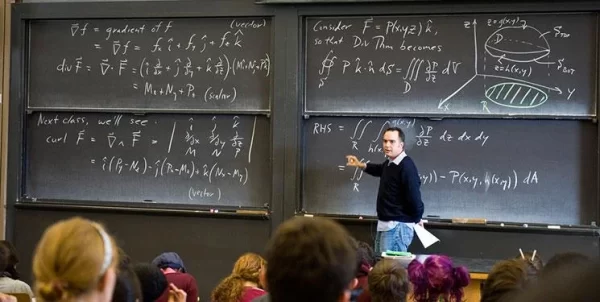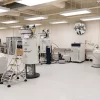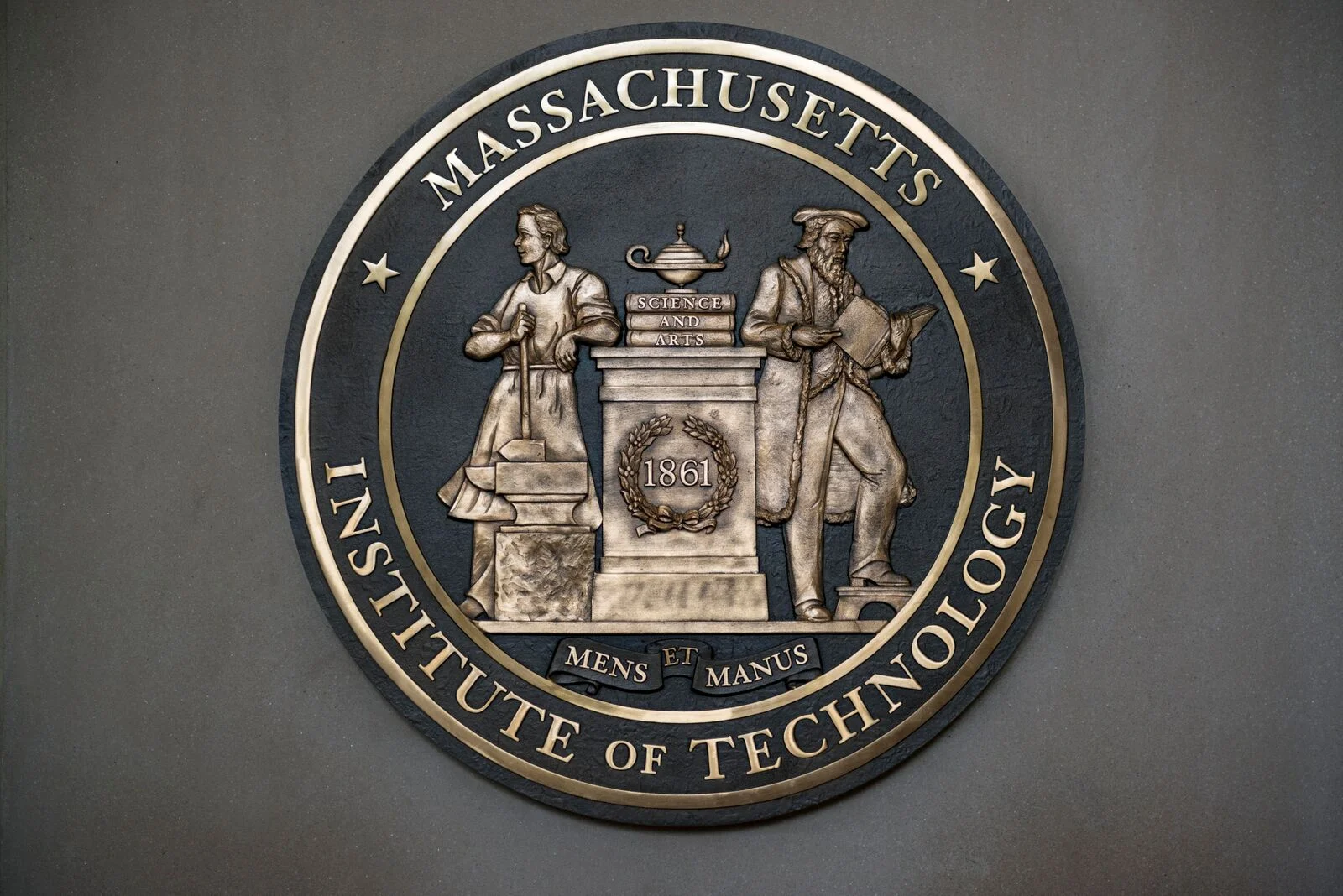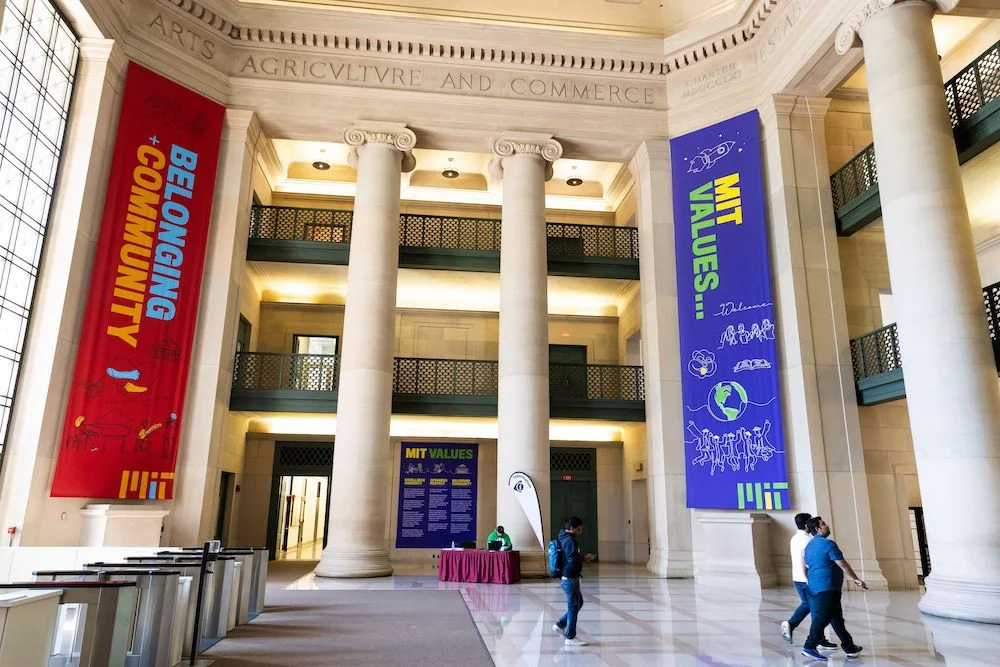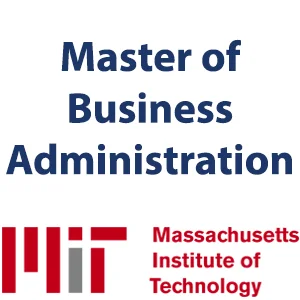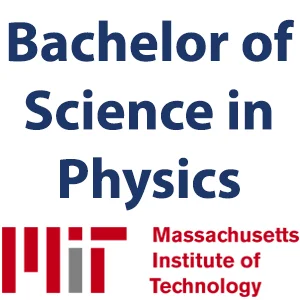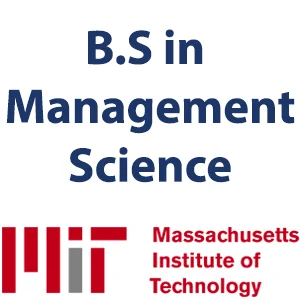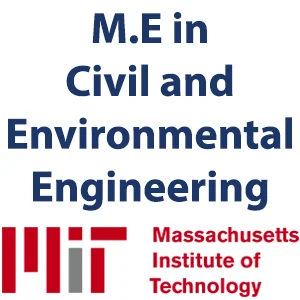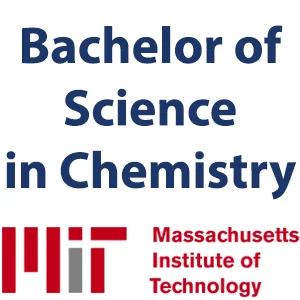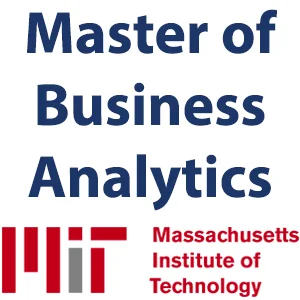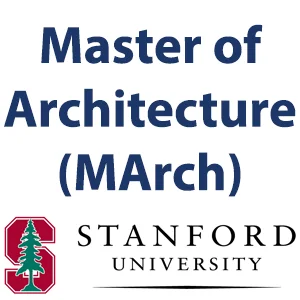About
The MIT community is driven by a shared purpose: to make a better world through education, research, and innovation. We are fun and quirky, elite but not elitist, inventive and artistic, obsessed with numbers, and welcoming to talented people regardless of where they come from.
Founded to accelerate the nation’s industrial revolution, MIT is profoundly American. With ingenuity and drive, our graduates have invented fundamental technologies, launched new industries, and created millions of American jobs. At the same time, and without the slightest sense of contradiction, MIT is profoundly global. Our community gains tremendous strength as a magnet for talent from around the world. Through teaching, research, and innovation, MIT’s exceptional community pursues its mission of service to the nation and the world.
Mission Statement
The mission of MIT is to advance knowledge and educate students in science, technology, and other areas of scholarship that will best serve the nation and the world in the 21st century.
The Institute is committed to generating, disseminating, and preserving knowledge, and to working with others to bring this knowledge to bear on the world’s great challenges. MIT is dedicated to providing its students with an education that combines rigorous academic study and the excitement of discovery with the support and intellectual stimulation of a diverse campus community. We seek to develop in each member of the MIT community the ability and passion to work wisely, creatively, and effectively for the betterment of humankind.
MIT’s motto is “mens et manus,” or “mind and hand,” signifying the fusion of academic knowledge with practical purpose.
Responding to calls from the community that MIT would benefit from having a statement of shared values, in December 2020 the Institute charged the MIT Values Statement Committee to develop one through broad consultation across the MIT community. On April 12, 2022, then-President Rafael Reif, Provost Cynthia Barnhart and Chancellor Melissa Nobles shared the values statement with the community, with their strong endorsement.
Values Statement
Excellence and Curiosity
We strive for the highest standards of integrity, and intellectual and creative excellence. We seek new knowledge and practical impact, in service to the nation and the world.
We prize originality, ingenuity, honesty, and boldness. We love discovery and exploration, invention and making. We delight in the full spectrum of human wisdom.
Drawing strength from MIT’s distinctive roots, we believe in learning by doing, and we blur the boundaries between disciplines as we seek to solve hard problems. Embracing the unconventional, we welcome quirkiness, nerdiness, creative irreverence, and play.
We accept the risk of failing as a rung on the ladder of growth. With fearless curiosity, we question our assumptions, look outward, and learn from others.
Openness and Respect
We champion the open sharing of information and ideas.
Because learning is nourished by a diversity of views, we cherish free expression, debate, and dialogue in pursuit of truth – and we commit to using these tools with respect for each other and our community.
We strive to be transparent and worthy of each other’s trust – and we challenge ourselves to face difficult facts, speak plainly about failings in our systems, and work to overcome them.
We take special care not to overlook bad behavior or disrespect on the grounds of great accomplishment, talent, or power.
Belonging and Community
We strive to make our community a humane and welcoming place where people from a diverse range of backgrounds can grow and thrive – and where we all feel that we belong.
We know that attending to our own and each other’s wellbeing in mind, body, and spirit is essential. We believe that decency, kindness, respect, and compassion for each other as human beings are signs of strength.
Valuing potential over pedigree, we know that talent and good ideas can come from anywhere – and we value one another’s contributions in every role.
Together we possess uncommon strengths, and we shoulder the responsibility to use them with wisdom and care for humanity and the natural world.
MIT’s MindHandHeart office has been charged with implementing the statement’s intent and language across the Institute. Resources for the MIT community can be found at Supporting MIT Values.
In September 2022, the Institute installed five billboard-scale banners in Lobby 7. Drawing on the words of the MIT Values Statement and illuminating them with line-art illustrations and a vivid color scheme, this installation is intended to promote the values to MIT’s on-campus community, as well as visitors to the Institute’s front door.
Key Facts
History
- Incorporated – 1861
- Motto – “Mens et manus” (“mind and hand”)
Campus
- Location – Cambridge, MA USA
- Size – 168 acres (0.68 km2)
- Student residences – 19
- Playing fields – 26 acres (0.11 km2)
- Gardens + green spaces – 40+
- Publicly sited works of art – 60+
Admissions (Class of 2027)
- Applicants – 26,914
- Admits – 1,291
Selected Honors
- Nobel laureates – 101
- National Medal of Science winners – 61
- National Medal of Technology and Innovation winners – 33
- MacArthur Fellows – 83
- A. M. Turing Award winners – 17
MIT Facts provides an annual overview of the breadth of the Institute’s academics, activities, and culture.
A brief history of MIT
In 1865, the founding of MIT established a new kind of independent educational institution relevant to an increasingly industrialized America. Since then, MIT has built a robust tradition of solving problems in the public interest at the intersection of technology and humanity.
A private university in the public interest
The story of MIT begins with a heartfelt belief: that the American educational system of the 19th century was fundamentally broken. Instead of treating a scientific education and a practical education as fundamentally incompatible, its founders envisioned a new education to unify mens et manus, mind and hand, theory and practice, into a coherent program of study within a single institution.
In 1860, MIT’s founding President William Barton Rogers and his allies applied to the Massachusetts legislature for “an Act of Incorporation of the Massachusetts Institute of Technology,” which was to include a museum, a society of the arts, and a school of industrial science. The state agreed, and allocated land in Boston’s Back Bay, on the condition that the institution remain open to members of the public. The charter was granted on April 10, 1861, on the eve of the Civil War, which delayed classes until 1865.
In 1863, in the midst of the war, Congress passed the Morrill Land Grant Act, which allowed states to sell up to 30,000 acres of public land-for each congressman and senator in a state’s congressional delegation-to fund colleges and universities, open in their admission to ordinary people, that would educate students in the mechanical and agricultural arts, as well as military training. In Massachusetts, the grant was split, with some funds sent west to create the Massachusetts Agricultural College,01 while the rest was allocated to the newly-minted MIT. The proceeds from the grant endowed MIT with the resources to construct its earliest academic buildings, and also (re)committed it02 to acting in the public interest in perpetuity.
A new approach to education
There have been found many American parents willing to try new experiments even in the irrevocable matter of their children’s education…It requires courage to quit the beaten paths in which the great majority [have walked].
-MIT Professor Charles Eliot, The New Education (1869)
From its inception, the new institution, offering a new education, attracted a new kind of student. Ellen Swallow Richards, the first woman in the United States to earn a degree in STEM,03 graduated from MIT in 1870. She soon became its first female faculty member, helped establish the field of public sanitation04 and founded many programs to promote science education for women. Robert Robinson Taylor, the son of a freed slave, integrated MIT in 1888; he later became America’s first accredited black architect, and helped build schools,05 libraries, and other buildings across the American south.
MIT also became a beacon for students from around the world: the first international student was admitted to MIT in 1866, and many more were admitted in the decades after, despite a contemporaneous wave of anti-immigrant nativist political sentiment.06 As our blogger Yuliya wrote in her early history of international students at MIT:
In 1909, [Scotland native] President Maclaurin began his tenure at MIT with a vision to build a more diverse and inclusive Institute and “build a better understanding between countries.” [Under Maclaurin], 1 in 15 students at MIT came from a foreign country, possibly the highest proportion of international students in a U.S. institution…To achieve this ideal, MIT provided admissions pamphlets in Spanish and Chinese, and President Maclaurin traveled the world to recruit foreign students.
Today, international outreach, education, and institution-building remain core aspects of MIT’s global strategy.
Our current campus
By the early 1900s, MIT had run out of room in its original Back Bay campus, and in 1916 moved to the left bank of the Charles River into its current campus, which was designed and constructed by alumni.
As America entered World War I, MIT became a military training ground,07 hosting the first Army-ROTC program as well as the first ground school for Navy pilots.
But it was World War II, and the Cold War that followed it, that transformed MIT, and it grew rapidly with an influx of federal funding devoted to basic scientific research. Meanwhile, the horrors of the war led to the creation of a committee, led by Professor Warren K. Lewis, on the foundations of the MIT education. Haunted by his wartime work on the bomb, and fearful of the consequences of a technical education untethered to human concerns, Lewis’ report recommended the establishment of a new school of humanistic and social sciences at MIT and to nurture dynamic thinkers who would cut against the grain of conventional thought.08
From history to present (and future)
Marking and describing periods of history always becomes more difficult the closer one draws to the present. However, after the end of the Cold War, it’s probably safe to say that the recent history of MIT has been characterized primarily by continuing advances in research and entrepreneurship, public advocacy on behalf of science itself, and welcoming students from across the country and the world. In this sense, the spirit of the New Education, though now old and venerable, continues: endlessly renewing itself through the production of new ideas, and the nurturing of talented students who bear them, in keeping with the MIT mission.
The mission of MIT is to advance knowledge and educate students in science, technology, and other areas of scholarship that will best serve the nation and the world in the 21st century.
The Institute is committed to generating, disseminating, and preserving knowledge, and to working with others to bring this knowledge to bear on the world’s great challenges. MIT is dedicated to providing its students with an education that combines rigorous academic study and the excitement of discovery with the support and intellectual stimulation of a diverse campus community. We seek to develop in each member of the MIT community the ability and passion to work wisely, creatively, and effectively for the betterment of humankind.
Community (as of 10/30/23)
- Employees (including faculty) – 17,180
- Professors (all ranks) – 1,089
- Other teaching staff – 1,020
- Undergraduate student-to-faculty and instructional staff ratio – 3:1
- Students – 11,920
- Undergraduates – 4,576
- Women – 2,231 (49%)
- US minority groups – 2,650 (58%)
- Graduate students – 7,344
- Women – 2,969 (40%)
- US minority groups – 1,617 (22%)
Faculty
For MIT’s faculty – just over 1,000 in number – cutting-edge research and education are inseparable. Each feeds the other. When they’re not busy pioneering the frontiers of their fields, MIT faculty members play a vital role in shaping the Institute’s vibrant campus community – as advisors, coaches, heads of houses, mentors, committee members, and much more.
Campus Life
MIT’s collaborative, hands-on, curiosity-driven ethos extends across our campus – and beyond. On the stage or field, in makerspaces and living communities, MIT is where brilliant, committed, creative people come together to learn, work, live, and play. All the elements are here to cultivate students’ personal and intellectual growth, fostering the whole student.
Diverse in every sense of the word, our community is a playground for opportunity in the heart of a global innovation hub. Just 364.4 smoots (plus or minus one ear) across the Charles River from Boston – one of the best cities in the world for students – our 168-acre riverside campus brims with daring artists, talented athletes, and a club for just about anything.
Student Life
With 500+ student organizations (chocolate science, anyone?), nearly 40 Greek-letter and independent living groups, chaplains for more than 20 faith traditions, and a commitment to diversity and inclusion, student life at MIT offers a welcoming place for everyone. To complement their academics and research, students choose their own extracurricular adventures, from a spectacular array of ways to participate in music, dance, and sports to dozens of groups that savor and celebrate cultures from around the world. To help students navigate challenges, MIT offers a strong support network (bolstered by occasional visits from puppies, pigs, and pygmy goats).
Top Resources
- Division of Student Life
- Diversity & Inclusion
- Student Activities
- Support for Undergraduate Students
- Support for Graduate Students & Families
Housing & Dining
Our residence halls are part entertainment center, part brain trust, part support system, and wholly central to students’ MIT experience. Campus residences have distinct personalities and traditions (like a cross-campus water fight or the Baker House piano drop), which contribute as much to our students’ growth as their academic experiences do. Dining at MIT is about choice and flexibility, with six dining halls, nearly a dozen retail eateries, vending hubs, and a variety of meal plan options.
Top Resources
- MIT Dining
- Undergraduate Housing
- Graduate Student & Family Housing
- Off-Campus Housing
- Residential Education
Athletics & Recreation
MIT’s Department of Athletics, Physical Education, and Recreation offers sports instruction and participation at all levels. With 33 varsity sports – 16 for men, 15 for women, two co-ed – the Engineers boast 419 Academic All-America citations (the most in the country) and over 1,500 athletic All-America honors. We also work to foster community, inspire leadership, and promote wellness through physical education, recreation programs, club sports, intramurals – and, for the swashbuckling, the pirate arts.
Top Resources
Arts
The arts thrive naturally in MIT’s creative culture of experimentation and innovation that crosses every discipline. On a campus that features more than 3,500 noted works of contemporary art and landmark buildings by legendary architects like Frank Gehry and I.M. Pei, more than half of all undergraduates enroll in arts classes each year.
Top Resources
Diversity & Inclusion
At MIT, we welcome and support a diverse community of remarkable talent. But we know that to make a better world, we must work to continually make a better MIT. With that inspiration, we strive to remove barriers to talent wherever we find them, to build mutual understanding across our campus, to celebrate our wonderful range of cultures and backgrounds – and to help everyone in our community feel at home at MIT.
Top Resources
- Institute Community and Equity Office
- Office of Minority Education
- Graduate Student Diversity Initiatives
- Social Justice Programming & Cross-Cultural Engagement
- Religious, Spiritual & Ethical Life
Health & Wellness
Succeeding at MIT means staying healthy – mind and hand, body and soul. Everyone needs a checkup or a check-in sometime. The Institute’s network of physical and mental support resources aims to keep our community happy, healthy, and active. And, through initiatives like MindHandHeart and DoingWell, we are always looking for ways to engage students, faculty, and staff to make MIT stronger and more welcoming. In that spirit, we have created a new Wellbeing Lab in the Student Center, which offers workshops, demonstrations, classes, and other programs focused on self-care-as well as a space to simply relax and recharge.



